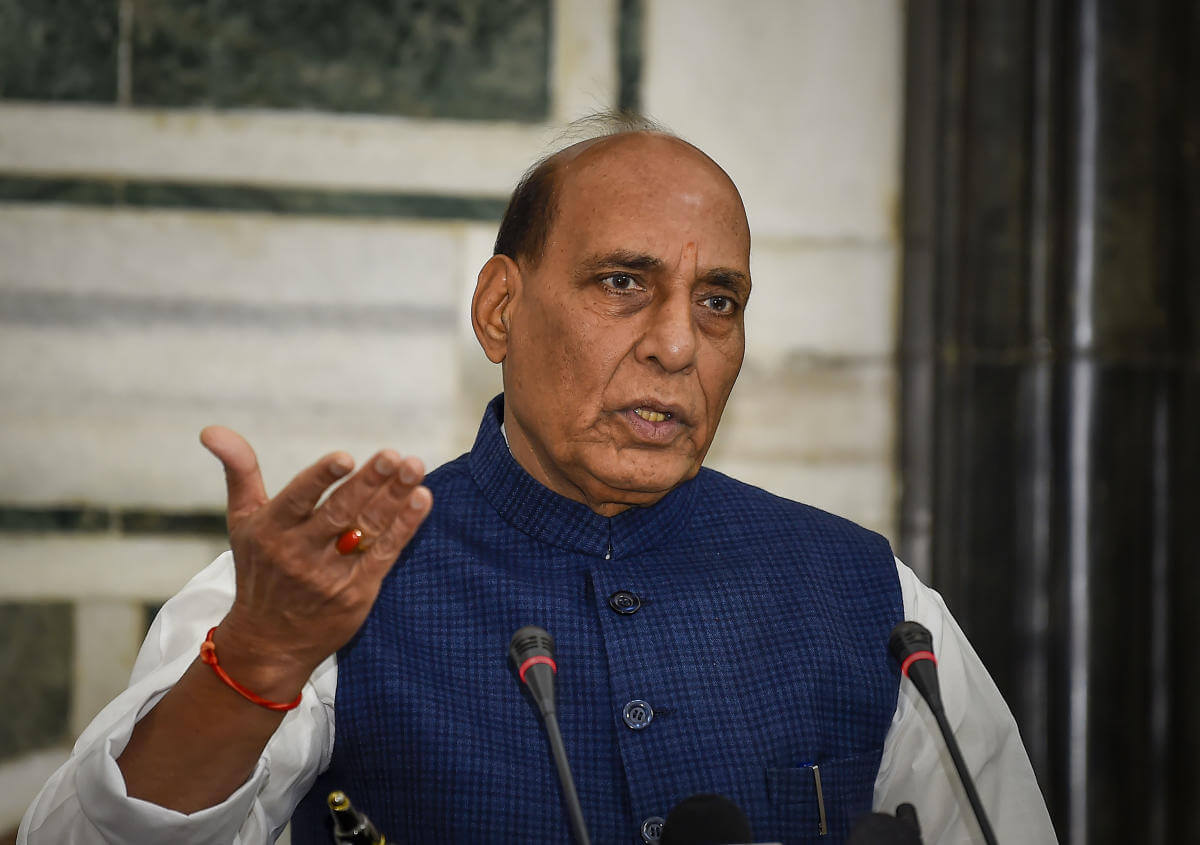On Monday, Prime Minister (PM) Narendra Modi virtually addressed the India-Japan Samvad Conference virtually, following which the two allies signed deals to boost the cooperation of their respective steel industries and discussed greater maritime security collaboration.
At the conference, PM Modi said that “Our actions today will shape the discourse in the coming times” and that the decade “will belong to those societies that place a premium on learning and innovating together,” adding, “It will be about nurturing bright young minds who will add value to humanity in the times to come”.
The Samvad conference aims to shape the future of the Asian continent around traditions of non-violence and democracy. Samvad-I was first held in New Delhi in 2015, providing a platform for leading scholars, religious leaders, academics, and political personalities to exchange views on conflict avoidance and environmental consciousness.
Following Modi’s speech, Indian Defence Minister Rajnath Singh spoke with his Japanese counterpart Nobuo Kishi over the phone, wherein the two highlighted the importance of a free and open maritime border and strongly rejected activities that escalate maritime tension, and attempts to “unilaterally change” status quo of the region by “coercion.” A statement released by the Japanese defence ministry following their conversation said, “The two ministers also exchanged views on regional situations, including the East China Sea and the South China Sea, and reaffirmed their continued close cooperation”. Without mentioning China or its recent activities in the region, the statements released by both countries further highlighted the mutual goal of establishing “free and open maritime order based on the rule of law”.
Apart from discussing maritime security, India’s steel ministry and Japan’s economy, trade, and industry ministry also signed a memorandum of cooperation to enhance cooperation between their steel industries in order to increase domestic production and enhance greater coordination in the global market. In 2019, India and Japan were the second and third largest steel producing countries, with outputs of 111.2 million tons and 99.3 million tons respectively. However, they lagged far behind China, whose output was a staggering 996.3 million tons. In this light, the two have also pledged to set up the “India-Japan steel dialogue” at the joint secretary-level.
India and Japan have also been furthering their relations by expanding their multilateral and bilateral security engagements. In November, the two engaged with Australia and the United States through the Malabar exercises. The joint military exercise was carried out in the midst of escalating tensions with China for all nations involved in the drill. Beijing has been suspicious of the Malabar exercise and views the training exercises as a counter to its desired hegemony in the high seas.
Beyond this, in June, the navies of India and Japan conducted military exercises in the Indian Ocean to increase the two forces’ interoperability. India also signed a defence supplies and services agreement with Japan in September. According to the agreement, the Indian armed forces and Japan’s Self-Defence Forces (JSDF) will facilitate the “reciprocal provision” of logistical support between the two militaries
India and Japan’s growing partnership in security and defence is in part a response to China’s aggressive expansionism along its border with India and in the Indo-Pacific at large. China is currently involved in territorial disputes with Japan, Vietnam, Malaysia, Brunei, Indonesia, and the Philippines. Consequently, India regularly engages with Japan, among other Indo-Pacific neighbours, to counter growing Chinese influence in the region in order to fulfil its aim of creating a free, open, and inclusive Indo-Pacific region.
India and Japan Reaffirm Goal to Work Towards a Rules-Based Maritime Order
Indian Defence Minister Rajnath Singh discussed regional security and defence cooperation with his Japanese counterpart Kishi Nobuo on Tuesday.
December 23, 2020

SOURCE: PTI/FILE PHOTO
